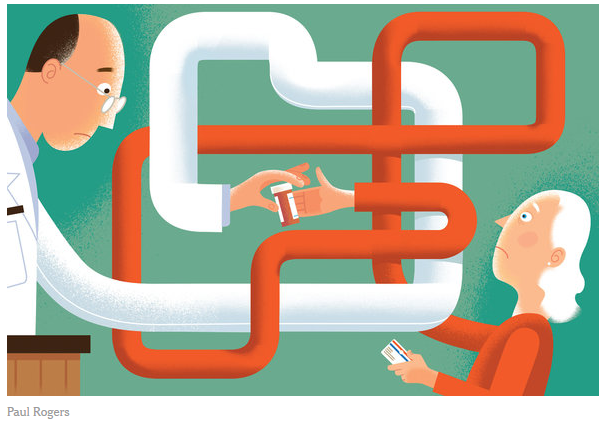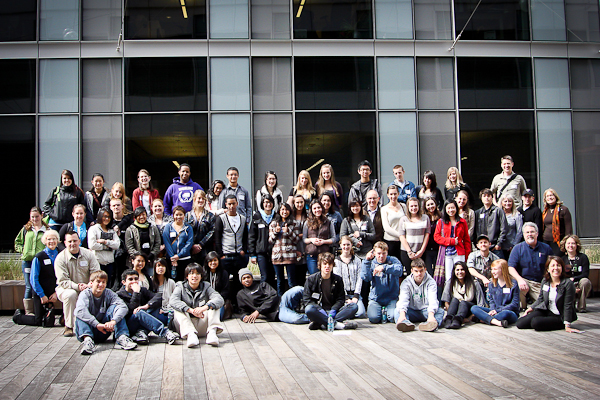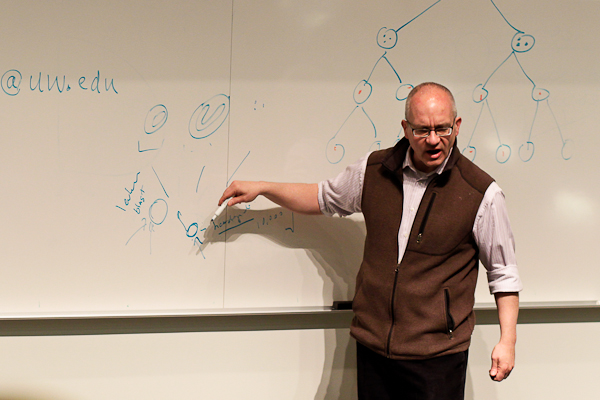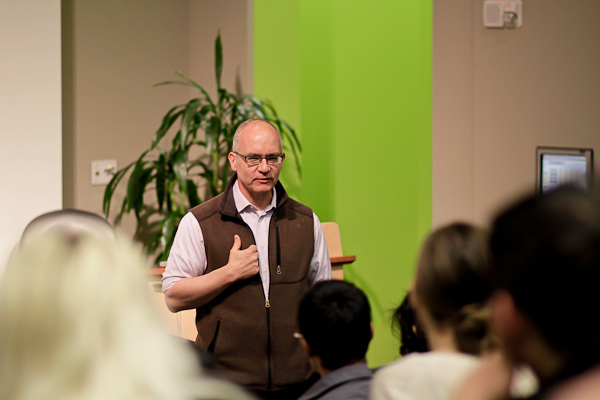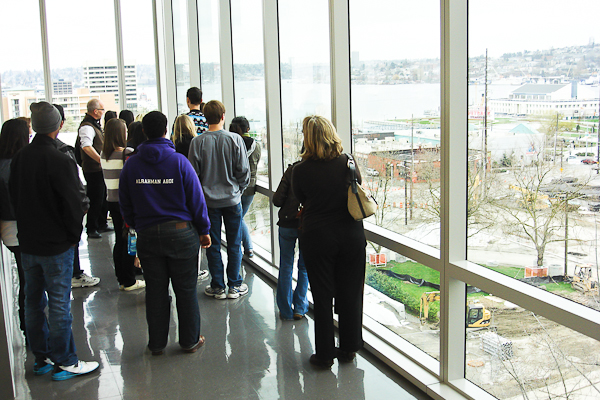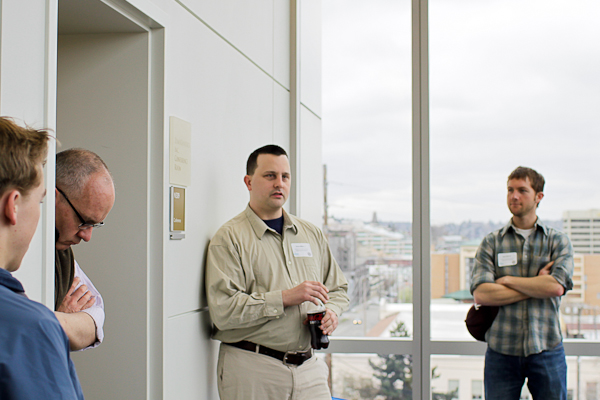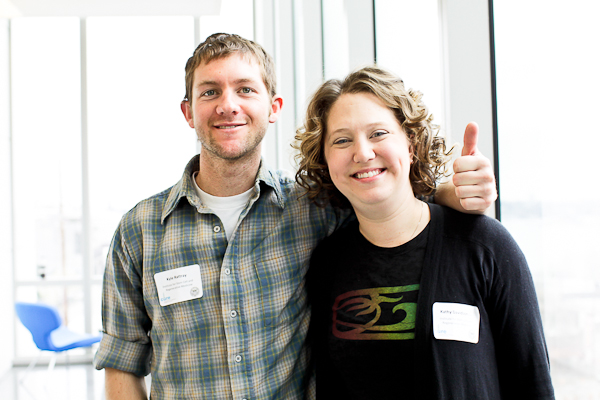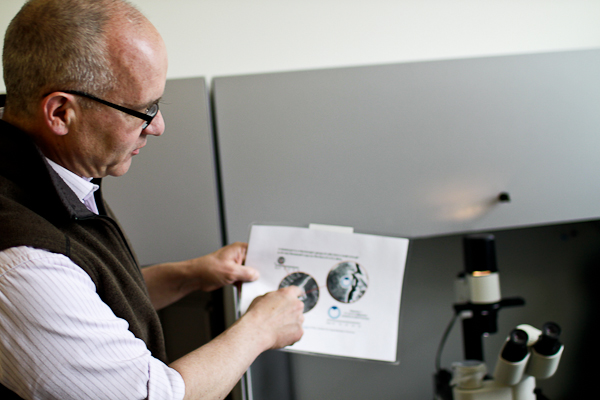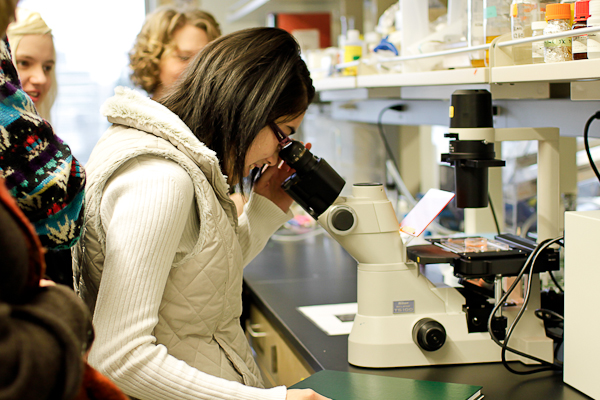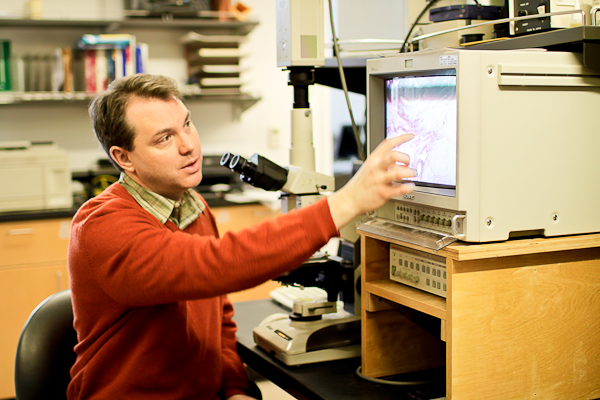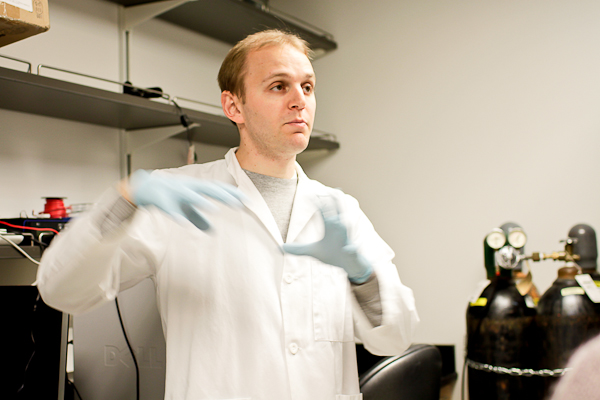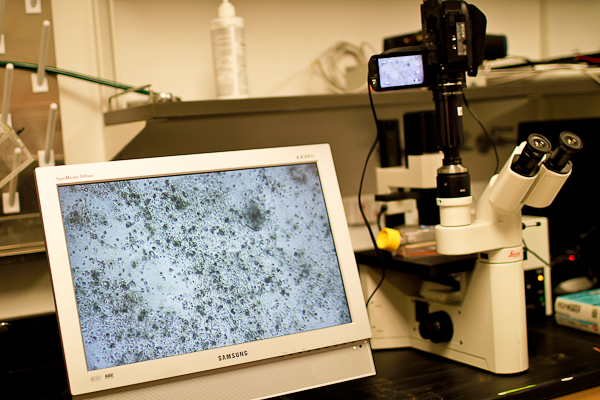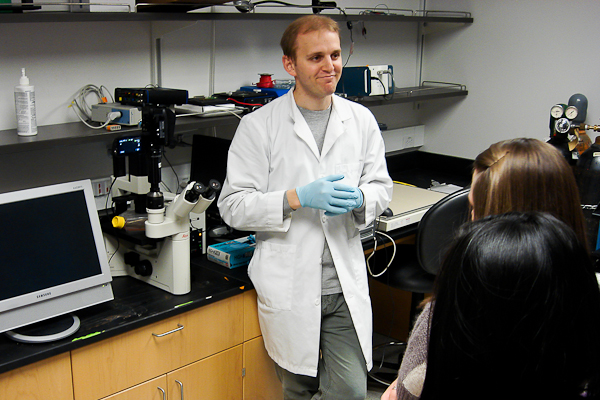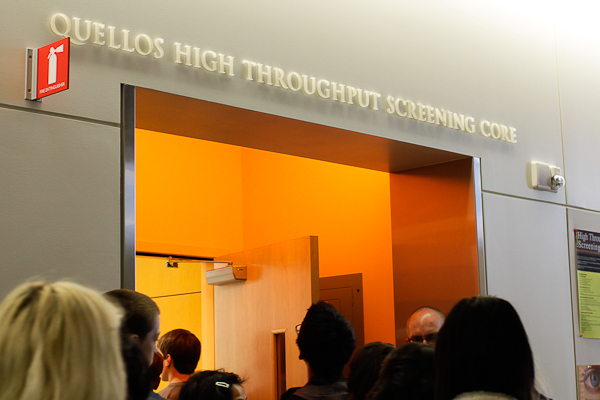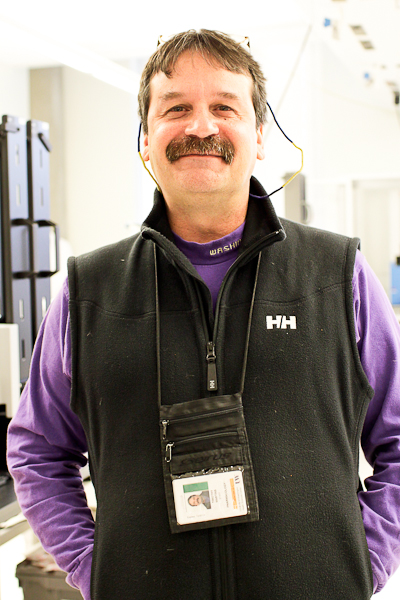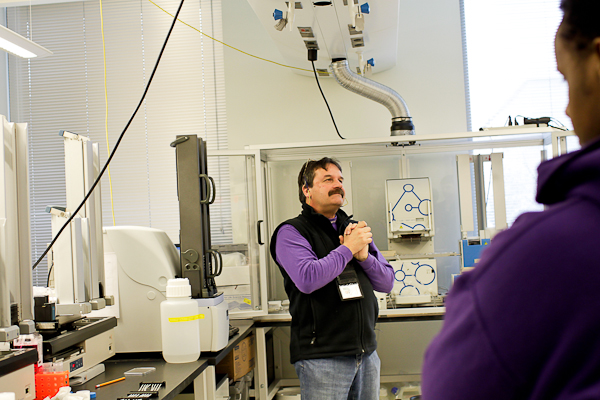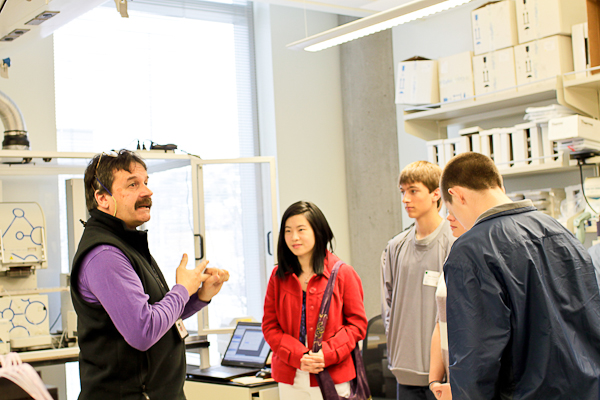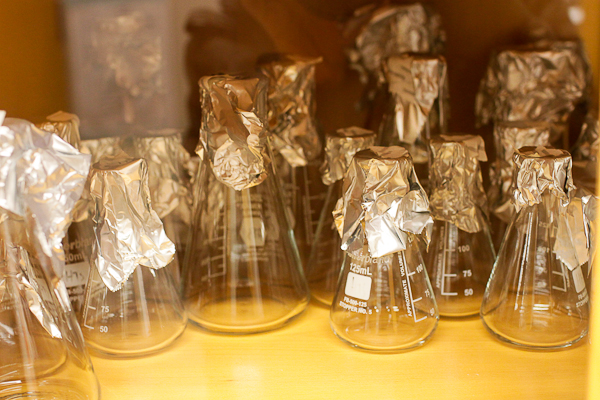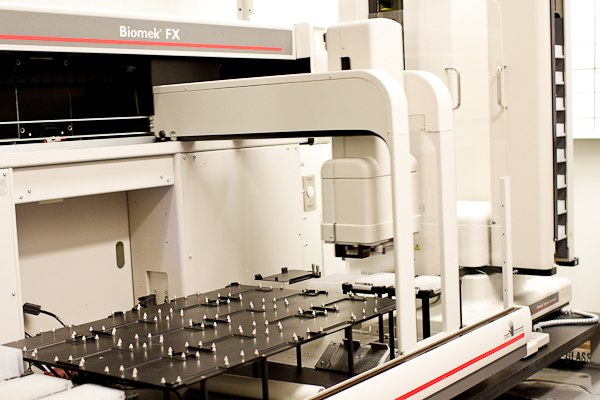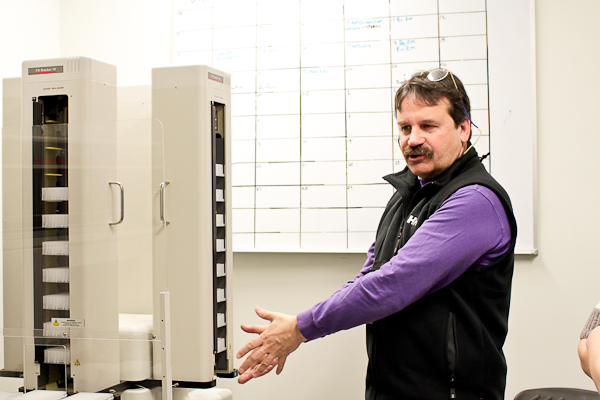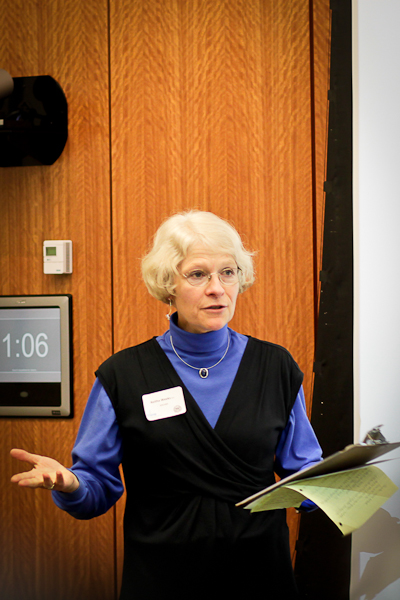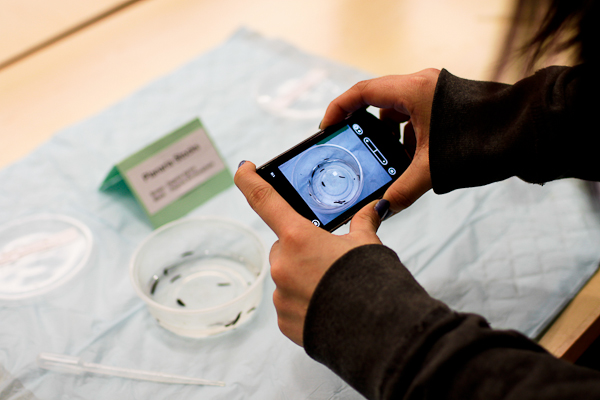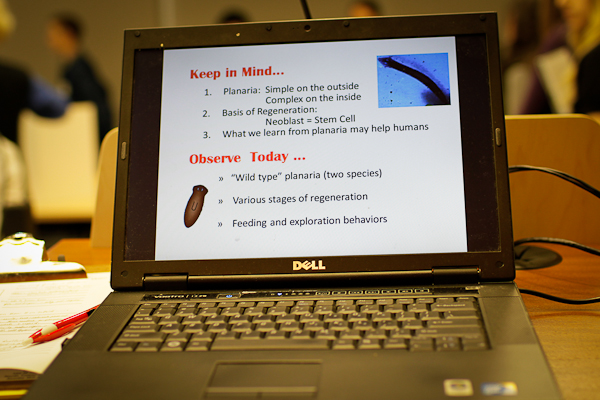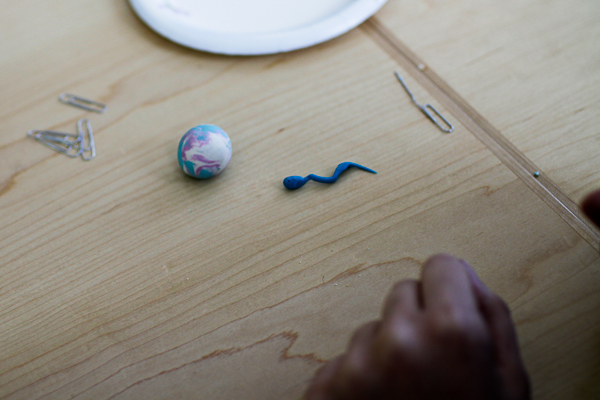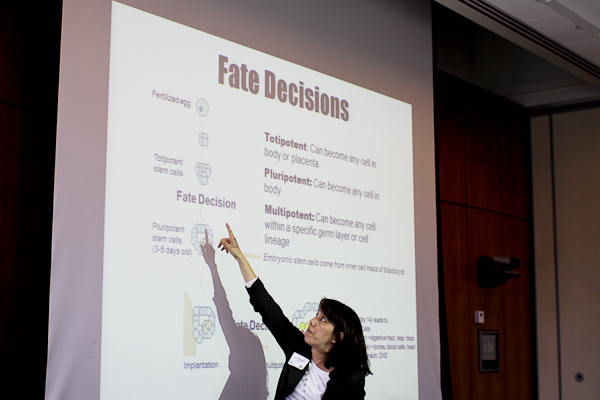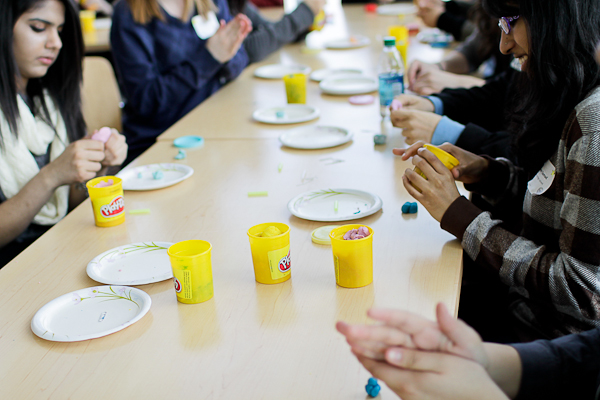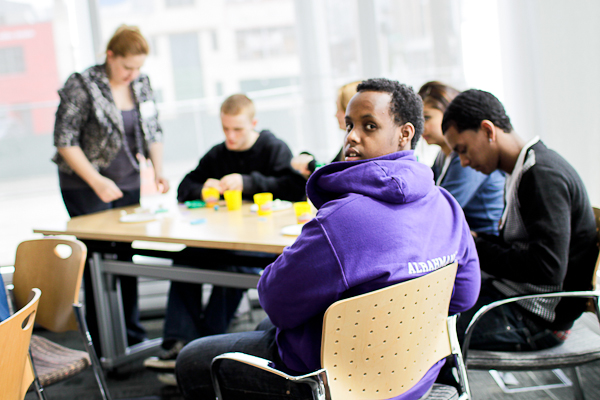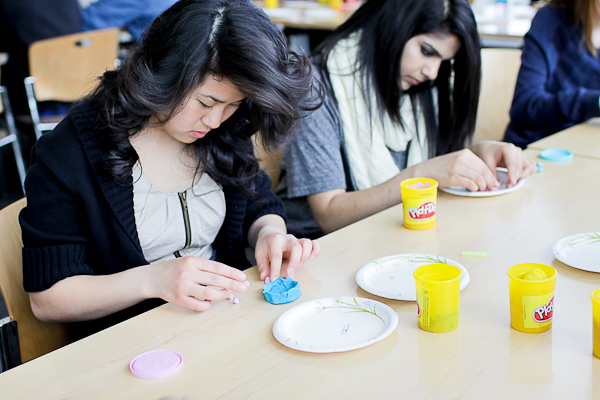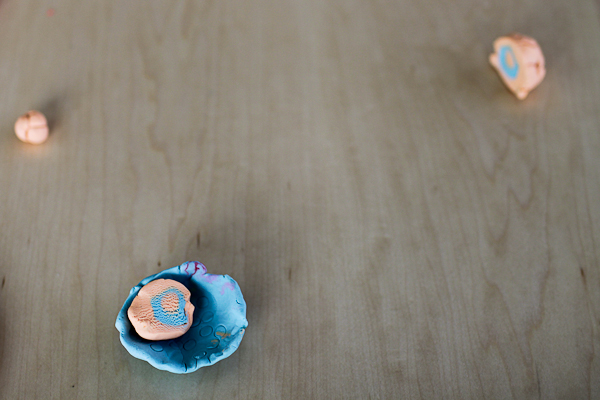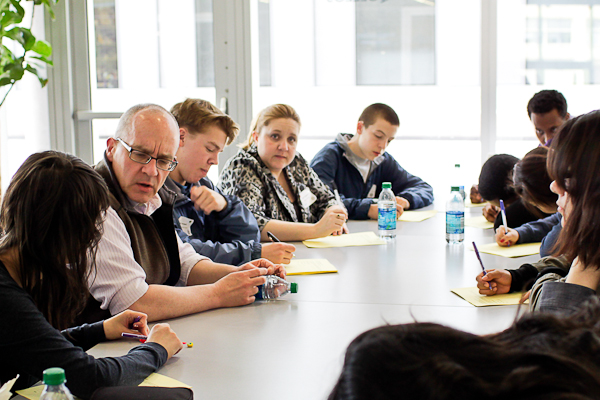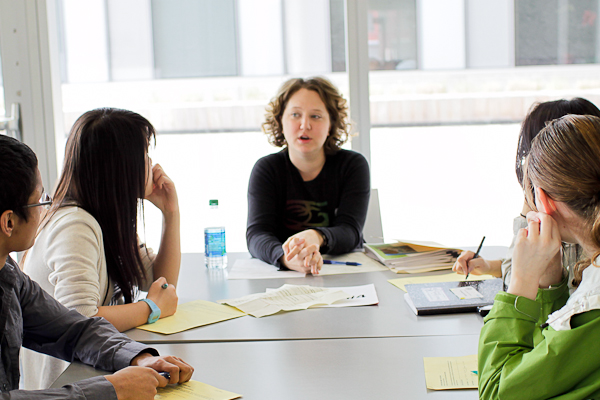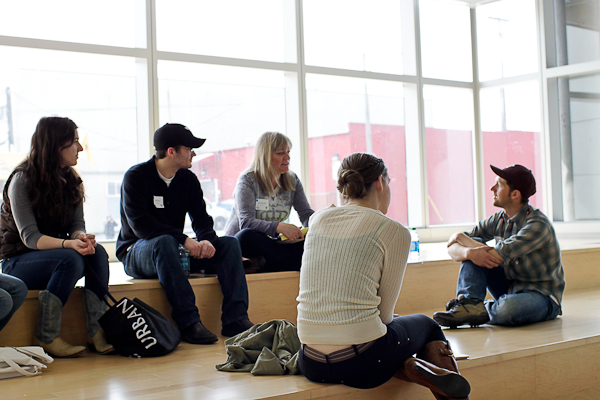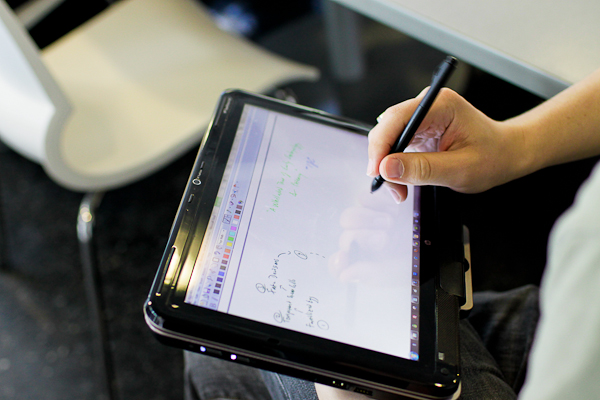
Dr. Ruth Faden
The 2011 Charles W. Bodemer Lecture was given by Dr. Ruth Faden, PhD, MPH, of the Johns Hopkins Berman Institute of Bioethics. Several NWABR staff attended and offer this account of the lecture, “Henrietta Lacks: Ethics at the Intersection of Health Care and Biomedical Science.”
Dr. Faden lectured in three segments:
- Relating the experience of Mrs. Henrietta Lacks and her children as chronicled in The Immortal Life of Henrietta Lacks by Rebecca Skloot. Faden is friends with Skloot, as she disclosed. Included in this segment: how HeLa cells came to be.
- Ethical considerations of consent and compensation raised by the story.
- Examination of the story through a social justice lens.
Note: We’ve bolded ethical questions below, for emphasis.
1. About Henrietta Lacks
A poor black woman, undereducated and living in Baltimore in the 1940s, Lacks had been living with her husband, Day (David) and her 5 children while hiding a great deal of abdominal pain. Finally in 1950 she asked Day to bring her to Johns Hopkins Hospital, the only regional hospital where African Americans could receive treatment. Diagnosed with cervical cancer in February 1951, she received cervical radiation, which was the gold standard treatment of the day, under general anesthesia.
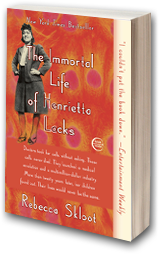 Ongoing research at Johns Hopkins by two doctors played a large part in the story: Dr. Richard TeLinde, head of gynecology and a cervical cancer expert, was researching whether different types of cervical cancer were interrelated. Dr. George Gey, head of tissue culture, had been trying for decades to grow an immortal cell line which could be used as a standard research tool. In their respective research pursuits, both Dr. TeLinde and Dr. Gey routinely used tissue samples which had been removed from patients who came to Hopkins for treatment. Henrietta Lacks was one of these patients.
Ongoing research at Johns Hopkins by two doctors played a large part in the story: Dr. Richard TeLinde, head of gynecology and a cervical cancer expert, was researching whether different types of cervical cancer were interrelated. Dr. George Gey, head of tissue culture, had been trying for decades to grow an immortal cell line which could be used as a standard research tool. In their respective research pursuits, both Dr. TeLinde and Dr. Gey routinely used tissue samples which had been removed from patients who came to Hopkins for treatment. Henrietta Lacks was one of these patients.
Faden points out that the cervical tissue samples were not part of Mrs. Lacks cancer treatment and that in keeping with the practices of the time, Mrs. Lacks was never asked for permission. Dr. Gey was offered some of the tissue to contribute to efforts to grow the first human cells outside of the body (called tissue culture).
After just 3 weeks of trying to grow Mrs. Lacks’ cells in culture, it was clear to Dr. Gey that these cells would be the very first immortal human cells. In keeping with his system of using the first two letters of a patient’s first and last name, Dr. Gey labeled the cells “HeLa.”
Since that time these cells have made remarkable contributions to medicine including development of the polio, smallpox, and HPV vaccines, and cancer treatments, and over 80,000 medical publications. On October 4, 1951 Henrietta died without ever knowing the breakthroughs she helped provide.
Mrs. Lacks’ children and husband didn’t know that her cells were taken, bought, sold, and used — until 20 years later when her actual name was made public, without notifying her family, in the 1970’s.
Click here to view a slideshow from Skloot’s website, with photos from Lacks’ life.
Neither Johns Hopkins nor the doctors profited directly. In fact, Dr. Gey gave the cells internationally to anyone who wanted them. That isn’t to say that they did not benefit in recognition and professional reputation.
Other people have made money on HeLa cells. You can purchase them today from cell culture companies. The Lacks family never received compensation for the commercialization of HeLa cells. The family has remained poor and to this day has inconsistent health care insurance.
2. Ethical considerations still relevant today
Tissue donation is not hypothetical or a thing of the past. Anytime someone has an “opsy”—as in biopsy—or an “ectomy”—as in tonsillectomy, tissue is being removed from their body. What happens to that tissue once it has served its medical purpose of diagnosis or treatment? It can be discarded as medical waste or it can be used for research.

Creation of biobanks or biorepositories — see our previous blog posts from the event, “Do You Know Where Your DNA Is?” on biobanks — from huge sets of human tissue samples, is creating great expectations of what scientists will be able to accomplish toward predicting, preventing, and personalizing medical breakthroughs. Breakthrough hopefuls include diagnostic tests and individualized treatments for chronic disease like diabetes and heart disease.
Should patient consent be obtained for research purposes if 1) once utilized for medical purposes, the tissue would be sent to medical waste anyway? if 2) extra tissue is taken solely for research purposes, as in the case of Mrs. Lacks?
Should patients re-consent every time their tissue is used for a different study? How can patients with tissues in biobanks consent to future research that has not yet been conceived?
Should people be compensated if anyone benefits from marketable products derived from the human body? How should people be informed about discoveries resulting from the use of their tissues?
Dr. Faden quickly moved to her passion — how to examine these ethical questions through the lens of social justice.
3. Social Justice is an important lens through which to examine the ethics of science
The Twin Aims Theory of social justice is 1) “improvement of human well being” and 2) “combating densely woven patterns that compromise multiple core elements of well being.” Faden listed the core components of well being and what she calls the Essential Elements of Well Being:
- Personal security
- Reasoning capacities with which to think about the world
- Respect of others as moral agents
- Health
- Affection and attachment
- Self-determination (the ability to exert some control over the path of one’s own life, free from the tyranny of other people or conditions)
Dr. Faden next introduced ‘counterfactuals’ otherwise known as “What If” statements:
What if 1) the Lacks family had received compensation? What if 2) Mrs. Lacks was an affluent white person with great health insurance? Would the story still raise questions about social justice? Dr. Faden argues YES.
Of course monetary compensation would have made a difference for the Lacks family; however, it would have done little to adjust for the systemic injustices of being poor and black. (Note from Faden: Cases where someone’s body is a source of commercial value are extremely rare. More often, medical discovery is the result of hundreds of thousands of specimens and data.)
If Henrietta Lacks had been white and wealthy, Faden feels that the systematic injustice of being “disrespected by biomedical research” likely would not have been different. Mrs. Lacks’ family was in the dark; in keeping with the practice at the time, Dr. Gey and Johns Hopkins did not tell them anything about the HeLa cells for twenty years (if you read the book, you’ll note that they only told her family because they accidently learned about it from a young Hopkins researcher who happened to be a distant cousin and was using the cells in his research. He put two and two together and realized the connection when he was visiting his family).
And this is what Faden means by lack of respect. Deborah, one of the Lacks children who is featured in the story, describes her worry about her mother’s cells and her inability to learn about what happened to the cells—and by association to her mother. This worry and insecurity is what causes disconnect, disrespect, and ultimately injustice.
Dr. Ruth Faden wrapped up her presentation with what may have been the most interesting examination — The Collective Action Problem of the current profit model that drives scientific discovery. Also called the Reciprocity Model, it acknowledges that even though I may not directly benefit my contribution and you may not directly benefit your contribution, our communal contributions may benefit each other.
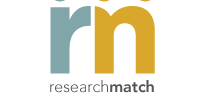 Without communal action toward a common goal, the goal will not be realized. Advancing medical progress faces this problem. In medical research and biorepositories in particular there is need for a critical mass of people to donate tissue, blood, and health data. Not just any people—all people from all ethnic and racial backgrounds. Without access to many samples there will not be benefit for anyone. This was her call to public participation, the 4th “P” of P4 Medicine, as coined by Seattle’s Leroy Hood of the Institute for Systems Biology.
Without communal action toward a common goal, the goal will not be realized. Advancing medical progress faces this problem. In medical research and biorepositories in particular there is need for a critical mass of people to donate tissue, blood, and health data. Not just any people—all people from all ethnic and racial backgrounds. Without access to many samples there will not be benefit for anyone. This was her call to public participation, the 4th “P” of P4 Medicine, as coined by Seattle’s Leroy Hood of the Institute for Systems Biology.
Do you want to participate in research? Sign up as a volunteer with ResearchMatch.org, an anonymous volunteer matching service funded by the National Center for Research Resources, part of the National Institutes of Health. Explore opportunities to donate blood and tissue for research. Participate in public dialogue about medical research and ethics.
Faden envisions a society in the near future without the expectation of monetary compensation for research participation, because we understand that medical progress will benefit everyone. Do you?
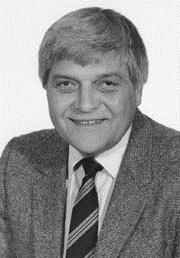
Charles W. Bodemer
Who was Charles Bodemer and why have an annual lecture series?
Bodemer was the founder of the University of Washington School of Medicine, Department of Bioethics & Humanities, serving as chair from 1967 to 1985.
Bodemer “had a distinguished career as a research scientist before dedicating his energies to his other love: the history of medicine.”
For more, please see http://depts.washington.edu/bhdept/conedu/Bodemer.html.
